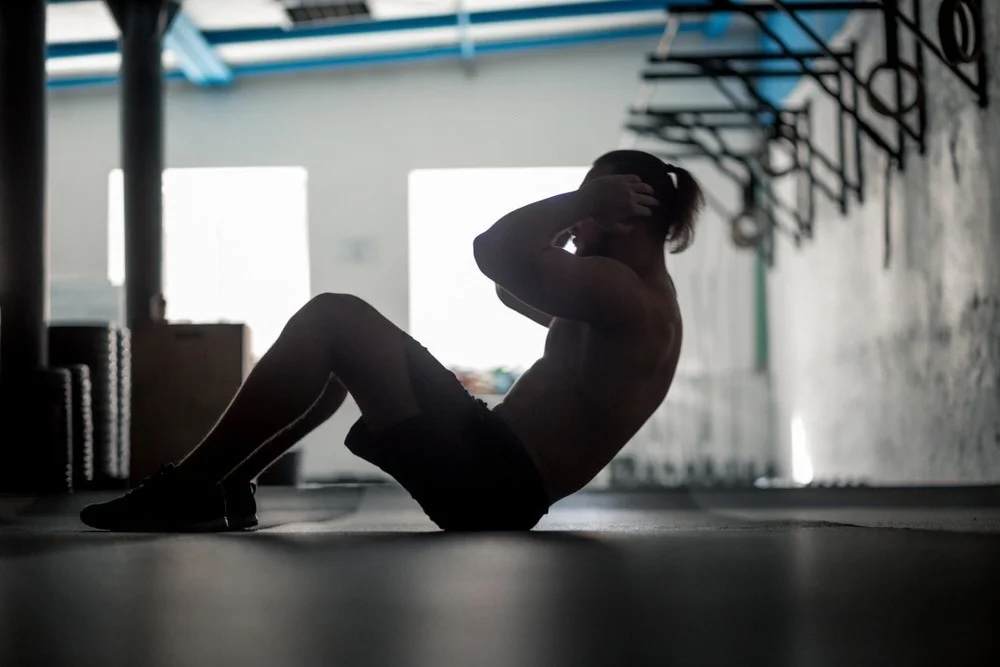Core muscles are essential for all types of exercise, including yoga, martial arts, cardio, and weightlifting. Fitness trainers consistently emphasize the use of core muscles during workouts because without them, you won’t see the full benefits of your efforts.
Core muscles are a group of muscles located in the middle of the body that are connected anatomically and functionally. These muscles work together to maintain an upright position, stabilize the spine, hips, and pelvis, and transmit force from the lower extremities to the rest of the body and arms.
The health implications of strong core muscles are significant. They act as a muscular corset around the spine and pelvis, supporting them in the correct anatomical position. Strengthening these muscles can help eliminate back pain, prevent the development of conditions like osteochondrosis, and improve posture.
Weak core muscles can lead to posture disorders, such as curvature of the back, shoulder slouching, and protrusion of the abdomen. Additionally, weak core muscles can negatively impact the function of organs in the abdominal cavity and small pelvis, affecting the genitourinary and digestive systems.
Exercises targeting the core muscles not only develop explosive strength but also improve speed-strength abilities. Strong core muscles enable faster and easier movements, better balance, and improved performance in activities like striking, lifting weights, and carrying loads.
To effectively strengthen the core, a balanced training plan that includes exercises for all muscle groups is necessary. It’s important to avoid focusing on individual areas as this can create muscle imbalances. Regular stretching can prevent muscle shortening and should be incorporated into a training program.
For individuals with old injuries or chronic diseases, it’s important to consult with a doctor before starting a gym routine. Monitoring by a specialist is recommended to address any discomfort or pain and make adjustments to the exercise plan. Strengthening core muscles is not limited to the gym; maintaining good posture and engaging in outdoor activities like cycling, swimming, and brisk walking are beneficial. Simply tensing the abdominals and buttocks throughout the day can help keep these muscles in good shape.
As individuals age, core training becomes even more critical. Regular stretching and strengthening exercises help maintain bone and muscle strength, preventing injuries from falls and promoting overall well-being.
In conclusion, core strength is vital for overall fitness. Strong core muscles support the spine and pelvis, improve posture, and prevent the development of back pain and other conditions. Core training should be a part of everyone’s exercise routine, regardless of their fitness level or chosen activities.










